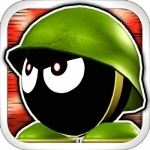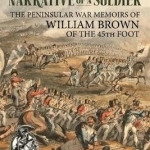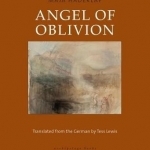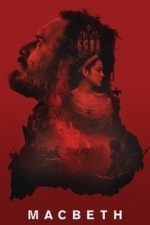Gareth von Kallenbach (980 KP) rated Macbeth (2015) in Movies
Aug 6, 2019
Fassbender
as Macbeth and Marion Cotillard as Lady Macbeth.
There are a ton of blood and guts in this movie. Many of the action
scenes have slow-motion insets, which for me were better than the jerky
camera movement of the close-up fighting scenes, but still felt weird
inside the film.
This is the traditional Macbeth story-line, with the typical language of
the original play. The accents of most of the actors were very heavy,
making it quite difficult to follow the actual dialogue.
I was able to follow the story because I know the basic premise of
Hamlet (who doesn’t?) but if I hadn’t basically known what the story was
about, and had to rely solely on the spoken words in the film, I would
have been dreadfully lost.
Marion Cotillard plays a very good conniving, plotting Lady Macbeth, and
Michael Fassbender does a great job of portraying a manipulated, power
hungry man, being driven mad by his atrocities.
The supporting cast gave great performances as well. The three witches
were played by Lynn Kennedy, Seylan Baxter, and Seylan Mhairi Baxter.
They were sufficiently creepy and mysterious to add the right amount of
darkness to their roles, without overpowering the concept that had
Hamlet interpreted their predictions differently, the entire story may
have gone differently.
There were parts of the movie that I held my breath at, and felt myself
responding emotionally to, but it would be very hard NOT to feel some
sort of emotion at watching a family being burned at the stake at the
whim of a mad-man.
If I were a die-hard Macbeth or Shakespeare fan, I likely would have
enjoyed the film far more. On the other hand, a die-hard Shakespeare fan
probably would have been upset at some of the pieces that were trimmed
from the famous lines of the original (“something wicked this way comes”
was noticeably absent)
Overall I would give this movie 2 out of 5 stars, based on the hard time
I had understanding the dialogue. If I had been able to not have had to
concentrate so hard to understand what was being said, I would have
given it 3.5 out of 5 stars.

Tiny Defense
Games and Entertainment
App
Green Planet is a beautiful home of the little mechanical life forms known as “Minirobots”....

Lists for Writers - ideas for creative writing
Education and Reference
App
Lists for Writers is a great addition to any writer’s toolbox. Helpful to both novice and expert...

Sharing the Work: What My Family and Career Taught Me About Breaking Through (and Holding the Door Open for Others)
Book
"Myra Strober's Sharing the Work is the memoir of a woman who has learned that 'having it all' is...

The Autobiography or Narrative of a Soldier: The Peninsular War Memoirs of William Brown of the 45th Foot
Book
William Brown's autobiography is a unique historical document, since he is the only memoirist to...

I Knew Hitler: The Lost Testimony by a Survivor from the Night of the Long Knives
Bob Carruthers and Kurt G. W. Ludecke
Book
First published in 1938 "I Knew Hitler" is the missing link in the literary trail which traces the...

Angel of Oblivion
Book
Haderlap is an accomplished poet, and that lyricism leaves clear traces on this ravishing debut,...

If Hitler Comes: A Cautionary Tale
Christopher Serpell and Douglas Brown
Book
This novel was first published by Faber in August 1940 under the title, "The Loss of Eden". It was...

Shadow Factories: Britain's Production Facilities and the Second World War
Book
Wartime is costly. Whilst the human cost is a burden which remains part of our every waking thoughts...
Charlie Cobra Reviews (1840 KP) rated Triple Frontier (2019) in Movies
Jul 5, 2020
In Columbia fighting drug crime, Santiago "Pope" Garcia (Oscar Isaac), has been working for 3 years. Finally the moment he's been waiting for occurs, when his informant, a woman named Yovanna (Adria Arjona), offers the location of a big time drug lord in exchange for smuggling her brother and her out of the country. She also tells him that the drug lord Lorea keeps all his money with him in his safe house in the jungle. Pope recruits his friends, a group of ex Army Special Forces, for a mission to take out Lorea and seize the money for themselves. But when things go wrong it's one unexpected turn of events after the other, with things spiralling out of control. In an epic battle for survival they are pushed to their breaking point, putting their morals, skills, and loyalties to the test.
This movie was good. Wasn't quite what I expected. As good as it was, I feel like it was missing something. It was a little slow in the beginning, after the first action sequence, and pacing was a bit off. Definitely as advertised in being an action/thriller. If you like action scenes where they shoot-'em-up, this definitely has plenty. I just felt with the pacing that they were far and in between. The acting was very good, the only thing I would say is that the characters didn't have much to keep you connected to them and really care about what happens to them in the long run. It felt like they weren't fully fleshed out and they could have done more to do that better. One thing it did do very well was how it showed the motivations of some of the characters and what led them to the decisions they made. I give this movie a 7/10.

